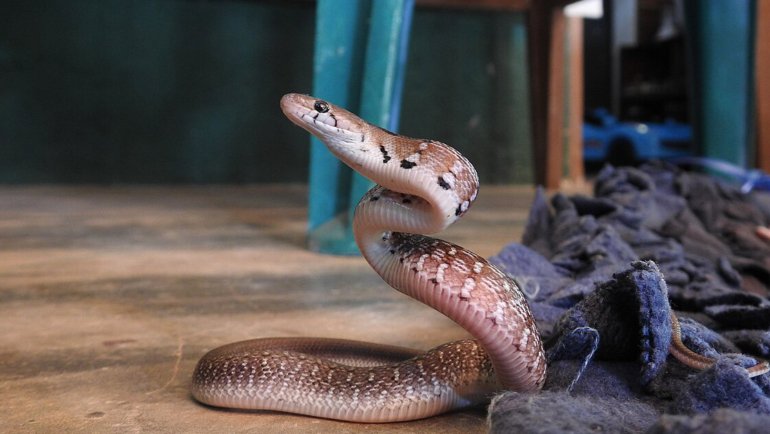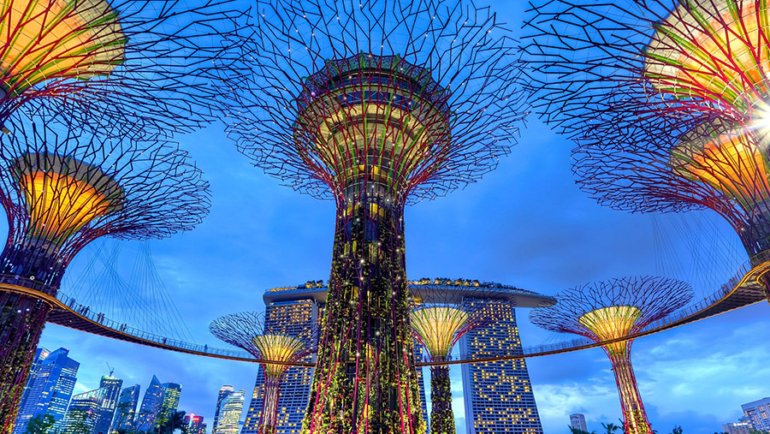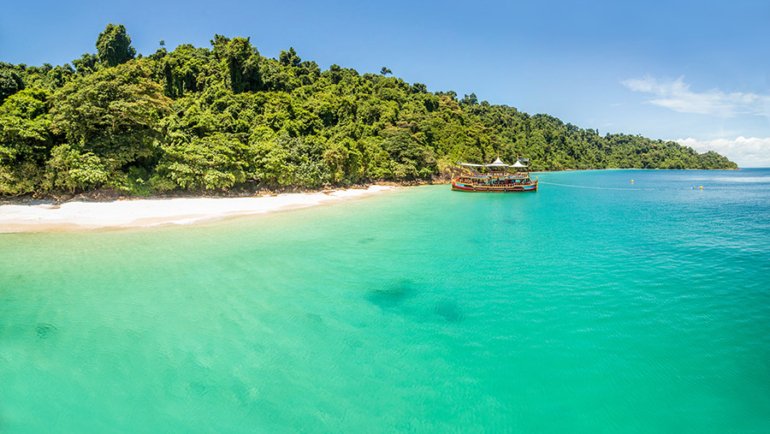India’s dense forests and rich biodiversity are home to some of the world’s most fascinating wildlife, including the elusive Black Panther. Often seen as a mythical creature, the Black Panther is a melanistic variant of the common leopard, Panthera pardus, and is known for its striking black coat.
Spotting a Black Panther in the wild is a rare and thrilling experience, making it a sought-after sighting for wildlife enthusiasts. In this article, we explore the top hotspots in India where you might have the best chance of encountering this magnificent creature.
Understanding the Black Panther
The term “Black Panther” refers to leopards that have a genetic mutation called melanism, which gives them their characteristic black coat. This mutation causes an overproduction of pigment, resulting in the dark coloration. Despite their black appearance, these leopards still have the typical rosette patterns on their coats, though they are often only visible under certain lighting conditions.
Behaviorally, Black Panthers are similar to their non-melanistic counterparts. They are solitary, elusive, and primarily nocturnal, making them challenging to spot. Their preferred habitats include dense forests and hilly terrain where they can blend into the shadows, enhancing their stealth and hunting abilities.

Top Hotspots to Spot Black Panthers in India
1. Kabini Wildlife Sanctuary, Karnataka
Kabini, located near Mysore in Karnataka, is perhaps the most famous location in India for spotting Black Panthers. The lush forests of Kabini are part of the Nagarhole National Park and offer a diverse range of wildlife. The Black Panther in Kabini, often referred to as “Saya,” has been a subject of fascination and extensive photography.
The best time to visit Kabini is between November and May when the water levels are low, making it easier to spot wildlife near the waterholes. Visitors are advised to book safaris well in advance, as Kabini is a popular destination.
2. Nagarhole National Park, Karnataka
Adjacent to Kabini, Nagarhole National Park is another prime location for Black Panther sightings. This park is part of the Nilgiri Biosphere Reserve and is known for its rich biodiversity, including tigers, elephants, and of course, the elusive Black Panther.
Safaris in Nagarhole are organized both in the morning and evening, and the cooler months from October to May are ideal for visiting. With its dense forests and varied terrain, Nagarhole offers multiple opportunities for wildlife enthusiasts to witness the magic of India’s fauna.
3. Tadoba Andhari Tiger Reserve, Maharashtra
Tadoba, located in Maharashtra, is one of India’s oldest and largest national parks. It is a hotspot for tiger sightings, but in recent years, the reserve has also gained fame for sightings of Black Panthers.
These melanistic leopards have been spotted around the Kolsa range of the reserve, making Tadoba a must-visit for those eager to see this rare big cat. The best time to visit Tadoba is from mid-October to June, when the park is open and the chances of spotting wildlife are high.
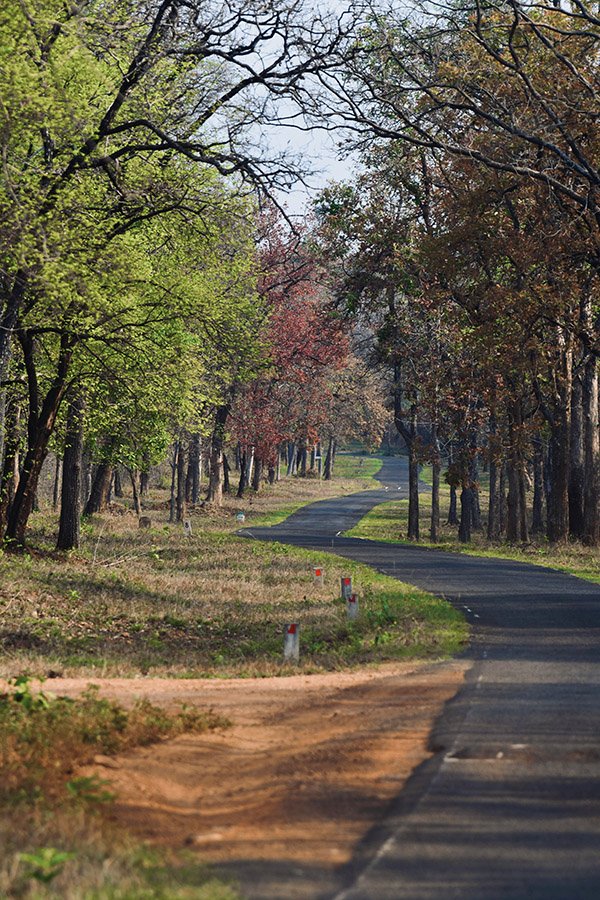
4. Nilgiri Biosphere Reserve, Tamil Nadu
The Nilgiri Biosphere Reserve, encompassing parts of Tamil Nadu, Karnataka, and Kerala, is another prime location for Black Panther sightings. The reserve includes well-known sanctuaries like Mudumalai and Sathyamangalam, where Black Panthers have been reported.
The Nilgiri hills provide an ideal habitat for these creatures, with dense forests and abundant prey. Visiting during the post-monsoon and winter months (October to March) offers the best chance of sightings.
5. Periyar Wildlife Sanctuary, Kerala
Periyar, located in the Western Ghats of Kerala, is renowned for its rich biodiversity and scenic beauty. The sanctuary is home to a variety of wildlife, including elephants, tigers, and the rare Black Panther.
Although sightings here are less frequent compared to Kabini, the dense forest cover provides an ideal habitat for these elusive cats. A boat ride on the Periyar Lake is a popular way to explore the sanctuary and increases the chances of spotting wildlife along the water’s edge.
6. Bhadra Wildlife Sanctuary, Karnataka
Bhadra Wildlife Sanctuary, nestled in the Western Ghats, is another excellent location for Black Panther sightings. This sanctuary is less crowded than Kabini or Nagarhole, offering a more serene wildlife experience.
Bhadra is known for its picturesque landscapes, featuring rolling hills and dense forests, which are home to a variety of species, including the Black Panther. The best time to visit Bhadra is during the dry season, from November to March.
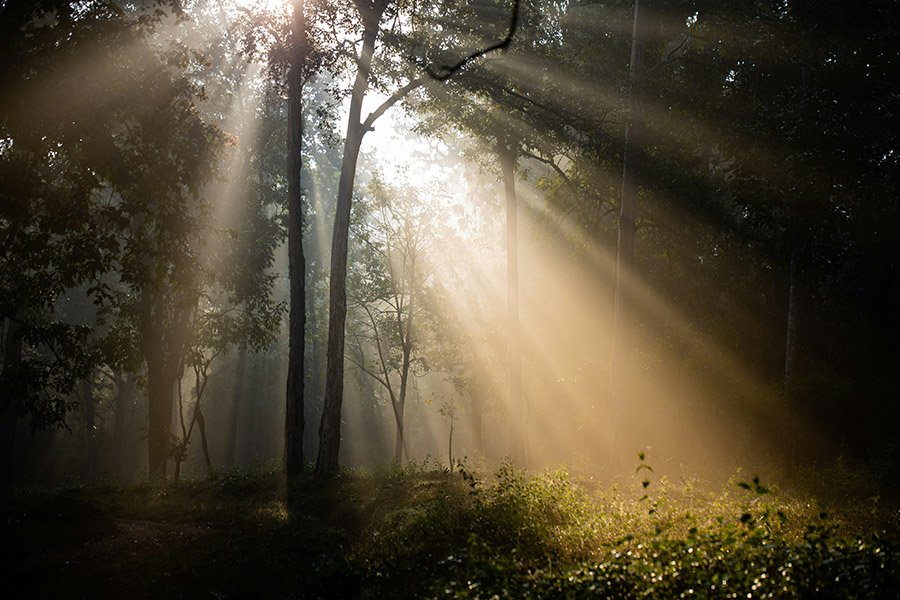
7. Manas Wildlife Sanctuary, Assam
Manas, located in the foothills of the Himalayas in Assam, is a UNESCO World Heritage site and a biodiversity hotspot. While primarily known for its population of tigers and elephants, Manas also offers a chance to spot Black Panthers.
The sanctuary’s diverse habitats, ranging from grasslands to tropical forests, make it an exciting destination for wildlife enthusiasts. The best time to visit is between November and April when the weather is pleasant and the wildlife is more active.
8. Mhadei Wildlife Sanctuary, Goa
Located in the Western Ghats of Goa, Mhadei Wildlife Sanctuary is a lesser-known gem for spotting Black Panthers. This sanctuary is part of a region recognized as a Global Biodiversity Hotspot and is home to a variety of rare species.
Sightings of Black Panthers here have been recorded, adding to the sanctuary’s allure. Visitors to Mhadei can enjoy the sanctuary’s rich flora and fauna, with the best time to visit being between October and March.
9. Achanakmar Wildlife Sanctuary, Chhattisgarh
Achanakmar Wildlife Sanctuary, in Chhattisgarh, has recently gained attention for sightings of Black Panthers. This sanctuary is part of the Achanakmar-Amarkantak Biosphere Reserve and offers a diverse range of wildlife, including tigers, leopards, and now, Black Panthers.
The sanctuary’s dense forests and hilly terrain provide an ideal environment for these elusive cats. The best time to visit is during the cooler months, from November to March.
Best Time to Visit
The best time to visit these sanctuaries for Black Panther sightings generally ranges from November to May. During these months, the weather is cooler, and wildlife is more active, especially around water sources as the dry season progresses. It is advisable to plan your safaris early in the morning or late in the afternoon when animals are most likely to be on the move.
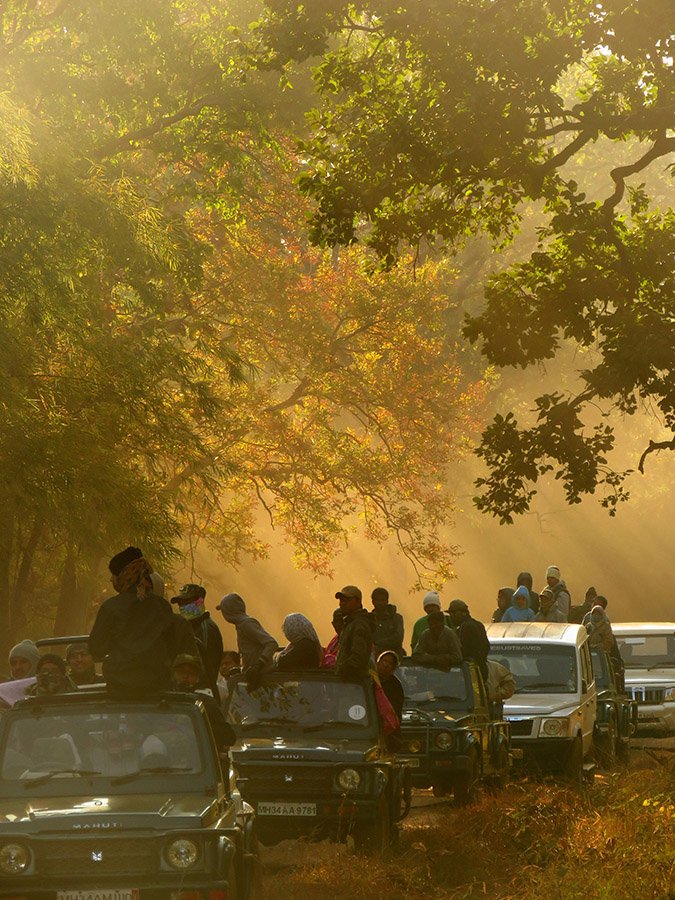
Conservation Efforts
Conservation of Black Panthers in India is crucial, not only for the preservation of this rare genetic variant but also for the protection of entire ecosystems. Indian wildlife conservation organizations, such as the Wildlife Conservation Society of India and the Wildlife Trust of India, are at the forefront of efforts to protect the habitats of these magnificent creatures.
Anti-poaching measures, habitat restoration projects, and community engagement programs are some of the key initiatives undertaken to ensure the long-term survival of Black Panthers in India.
Tips for a Successful Safari
- Book Early: Safaris in popular sanctuaries like Kabini and Tadoba fill up quickly, so it’s advisable to book well in advance.
- Choose the Right Time: Early morning and late afternoon safaris offer the best chances of spotting wildlife.
- Be Patient and Silent: Black Panthers are elusive and shy. Maintain silence and be patient during your safari for the best chance of a sighting.
- Hire Experienced Guides: Local guides with experience and knowledge of the area significantly increase your chances of spotting a Black Panther.
- Respect the Wildlife: Follow all park rules and guidelines, avoid disturbing the animals, and contribute to conservation efforts by practicing responsible tourism.
Conclusion
Spotting a Black Panther in the wild is a rare and unforgettable experience, offering a glimpse into the mysterious and hidden world of India’s jungles. By visiting these wildlife sanctuaries and supporting conservation efforts, you can contribute to the preservation of these magnificent creatures and the rich biodiversity they represent. Whether you’re an avid wildlife photographer or simply a nature lover, the thrill of encountering a Black Panther in its natural habitat is unparalleled, making it a must-do for anyone visiting India.

